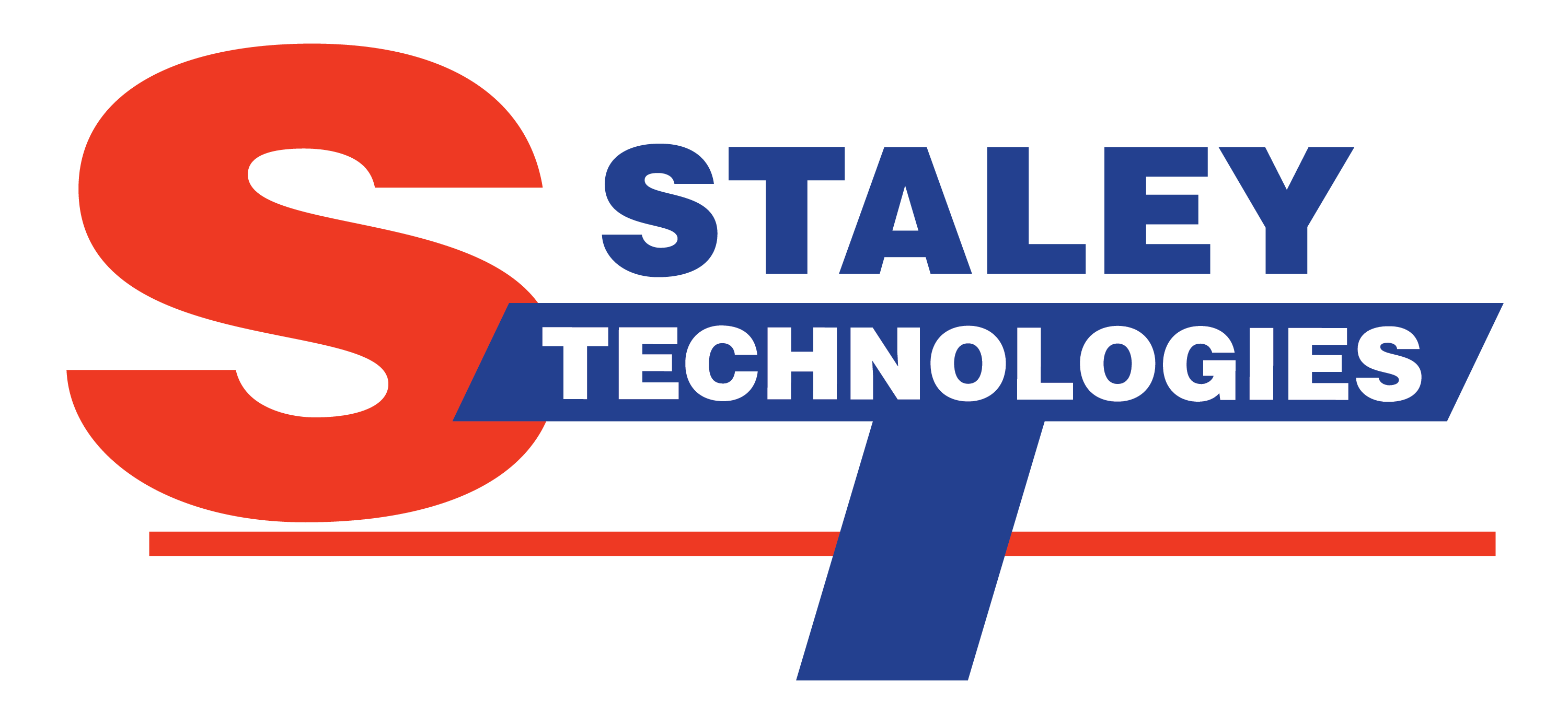A robust communication system is the cornerstone of a well-functioning factory. The right technology can support employee safety, operational efficiency, and adaptability in the face of challenges.
Technologies such as mass alert systems, PA systems, and two-way radios, provide quick and effective communication during emergencies. This is essential for relaying critical information, such as evacuation instructions, shelter-in-place orders, or lockdown alerts. In addition, these tools can improve day-to-day operations through real-time communication of important updates, such as production schedule changes, equipment maintenance notices, or operational announcements.
Here are 5 considerations for improving communication in your manufacturing facilities:
1. Emergency Communication Needs
Effective communication systems can save lives in the event of an emergency. Start by Identifying specific communication needs in your facility. Consider scenarios like fire, chemical spills, accidents, dangerous individuals, severe weather, and other emergencies.
Your factory communications systems should be able to convey clear and concise messages to guide employees on appropriate actions no matter where they are.
2. Coverage & Clarity
Manufacturing facilities can be large and may have multiple buildings or areas. Make sure your communication systems cover all critical areas, including production floors, offices, break rooms, warehouses, and outdoor spaces. Consider factors like ambient noise, machinery sounds, and echoes that might affect the clarity of the messages.
If your workforce is diverse, you may want to provide messages in multiple languages to ensure all employees understand and respond appropriately to alerts.
The system should be capable of delivering both pre-recorded and live messages. Pre-recorded messages can be used for standard announcements, while live messages are essential for real-time updates.
3. System Integration
Your communication technologies should be integrated with other emergency systems, such as fire alarms, security systems, and station alerting systems. This allows for a synchronized response during emergencies.
Check local regulations and industry standards to ensure your system meets safety and communication requirements.
4. Flexibility
Plan for future expansion or modifications of the facility. Your system should be easily scalable to accommodate changes in the manufacturing layout or additional buildings.
Check local regulations and industry standards to ensure your system meets safety and communication requirements.
5. Ease Of Use
The control interface for the system should be intuitive and user-friendly. Authorized personnel should be able to quickly activate alerts and make announcements without technical difficulties.
Train employees on how to respond to alerts and announcements effectively, and clearly communicate how the system will be used to avoid misunderstandings.
Learn how Staley Technologies can install a manufacturing communication system that will lead to better emergency preparedness, improved employee safety, and more effective manufacturing operations. Request a consultation today.


